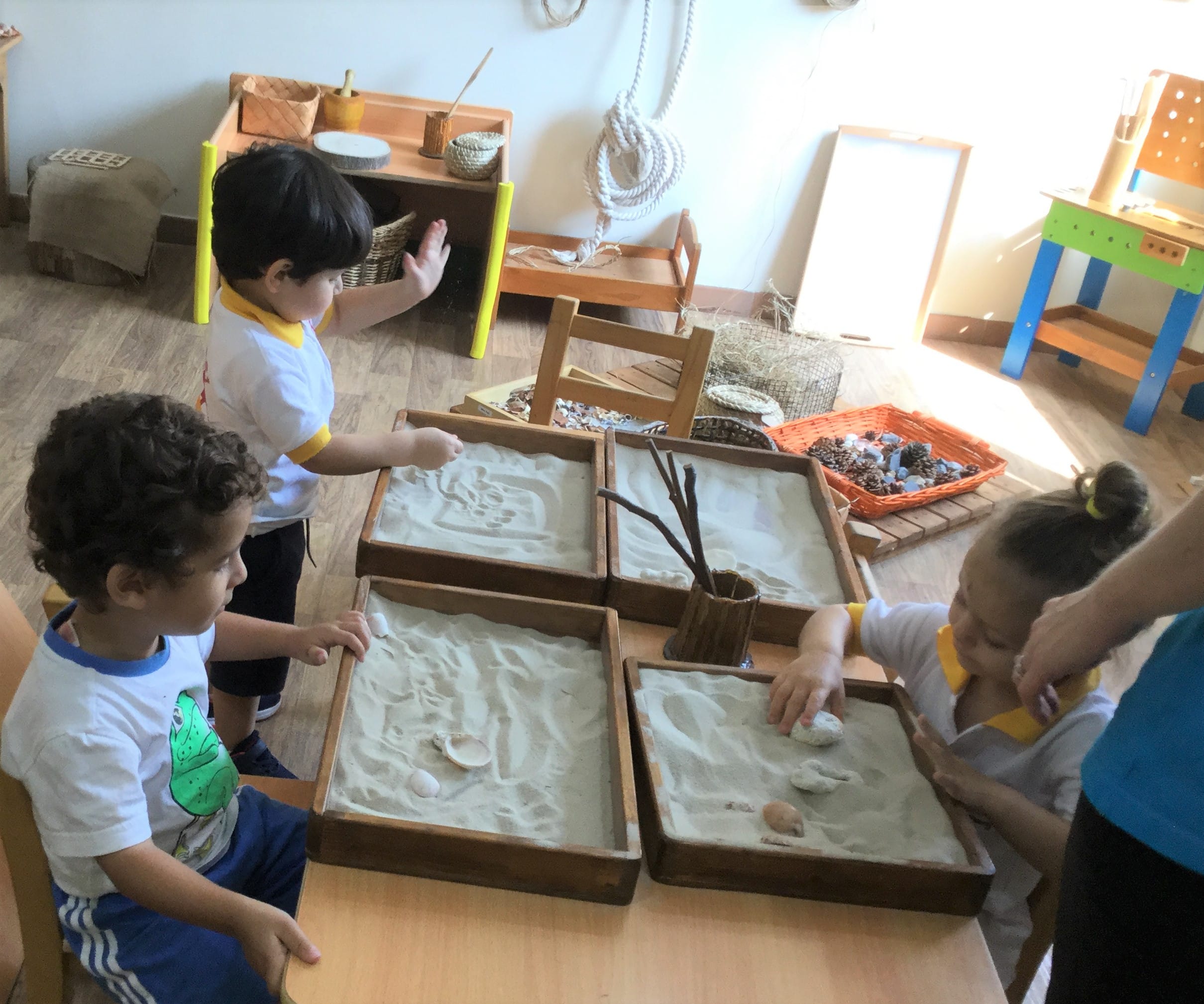
“Our task, regarding creativity, is to help children climb their own mountains, as high as possible.”
– Loris Malaguzzi, creator of the Reggio Emilia philosophy
The Reggio Emilia approach to education was born nearly 60 years ago and was developed by pioneering teacher Loris Malaguzzi in the village of Reggio Emilia, Italy. The inspiration? Malaguzzi and a group of local parents were keen for children to experience a different kind of childcare, one that would better foster independence, creativity, collaboration and critical thinking. Their first school opened in 1963.
Today, the Reggio Emilia philosophy is world-renowned. This approach can be found in our nursery in Dubai and many others across the world. It is recognised as an innovative and creative approach, quite different from various other classroom settings.
How a Reggio Emilia Classroom Works
A Reggio Emilia classroom setup is always inspired by the philosophy’s child-centred approach. In a majority of schools across the globe, teachers lead by creating lesson plans and setting learning objectives that apply to their whole class. In a Reggio Emilia class, however, children are always encouraged to take charge of their own learning, using hands-on discovery, with both their teacher and classroom as rich resources.
Underpinning the Reggio Emilia approach is a fundamental respect for each and every child as a competent, curious individual. Through further exploration and self-discovery in the classroom, children are encouraged to be self-confident and questioning, as well as knowledgeable.
Here’s how a Reggio Emilia classroom or nursery works:

Child-Led Learning
Children are empowered to direct their own learning. They are encouraged to follow their interests and curiosities in the classroom. Through exploration, they can make discoveries and connections to understand their world.
This means that a day in a Reggio Emilia class is informal, with children fully immersed in their own individual or collaborative projects, which develop at the child’s pace.
Teachers, Parents and Children Working Harmoniously Together
The role of the teacher in the Reggio Emilia classroom is to provide children with opportunities to explore their interests further. They will supply hands-on experiences and invitations to play that spark interest in children and encourage them to ask questions.
Teachers are there to observe children and document their learning journey. They will ask and respond to questions but they do not provide answers when a child can find them for themselves. They talk respectfully to children and ensure that children know that their opinion is valued and that their feelings matter.
Reggio Emilia is a fully collaborative approach. Parents are duly recognised as their child’s first teacher and are encouraged to be involved in their child’s learning. There is always a strong sense of community in a Reggio Emilia nursery, with plenty of opportunities for parents to participate.
A Home-Like Classroom Environment
The Reggio Emilia classroom is considered to be extremely vital to learning. In fact, it’s often referred to as the third teacher. This is because Malaguzzi believed that a child’s environment is crucial to their ability to explore and learn effectively.
A Reggio Emilia classroom looks more like a home than a typical classroom. It is designed to be calm, with plenty of space and natural light. It is also well-organised and children can easily and independently access materials to aid their learning: writing and art supplies, for example.
Other items in the classroom are carefully curated. They are intended to inspire creativity, promote problem-solving or encourage interaction and further learning. Many of these will be natural materials or things that can be found at home. There are hundreds of possibilities, but it is typical to see items like clay, cotton reels, wooden blocks, pebbles and string. These can be used for a multitude of learning opportunities, such as counting, measuring, building, art, storytelling, and imaginative play.
Outside areas will also be engaging but calming. Areas to play, such as a thoughtfully designed sensory garden where children explore using all their senses, will be natural, colourful and inspiring.
How Preschoolers Benefit
There are many benefits to the Reggio-Emilia approach for preschoolers, both in the present and the future:
- Children love learning in this environment because they have the freedom to choose what to learn each day.
- They are likely to be creative and imaginative, thanks to the flexibility of the curriculum and the encouragement of expressive arts.
- Even the youngest child is seen as capable and is fully-respected by all adults in their learning environment. Self-confidence is, therefore, instilled right at the beginning of their educational journey.
- Children form strong relationships with both adults and their peers based on mutual respect and effective communication. They learn the importance of community and the benefits of collaboration.
- Children learn through observation, reflection, evaluation and problem-solving. These are key critical thinking skills that will enable them to make considered, rational decisions throughout their life.
- Because children are encouraged wholeheartedly to ask and answer their own questions from such a young age, they keep on doing so. They become lifelong learners.
In summary, the Reggio Emilia philosophy is a child-led, hands-on approach where learning is achieved through exploration and discovery.
This nurturing classroom environment helps to instil a love for learning, vital critical thinking skills, and the need for collaboration and respectful relationships. As Malaguzzi said, it allows children to “climb their own mountains, as high as possible.”
At Step by Step Nursery, we have successfully combined the Early Years Foundation Stage (EYFS) curriculum with the Reggio Emilia approach to provide children an integrated, holistic learning experience.



